35 Years: The Mectizan® Donation Program
The Mectizan Donation Program is the longest-running, disease-specific drug donation program of its kind
May 25, 2022

Our commitment: “as much as needed, for as long as needed…"
For centuries, river blindness — also known as onchocerciasis — plagued remote communities in Africa, Latin America and Yemen, and there was no answer to this affliction.
This all began to change in the mid-to-late 1970s when Dr. William Campbell of MSD Research Laboratories suggested the use of ivermectin (later named Mectizan) for river blindness in humans. Following the breakthrough lab work by Dr. Campbell, another MSD researcher, Dr. Mohammed Aziz, championed the clinical development of Mectizan. Dr. Aziz led the collaboration with the World Health Organization (WHO) in the early 1980s to design and implement field studies in West Africa that, ultimately, proved the effectiveness of the drug against river blindness.
In 1987, MSD committed to donate Mectizan – as much as needed, for as long as needed – with the goal to help eliminate river blindness.
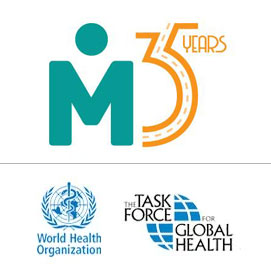
A ground-breaking public-private partnership
In order to reach this goal, MSD leaders recognized that many organizations with unique skills would need to work together as a team. To enable this collaboration, MSD established the Mectizan Donation Program (MDP), a ground-breaking public-private partnership. Operating from the Atlanta-based Task Force for Global Health, the MDP coordinates technical and operational activities between MSD, WHO, endemic countries, and a range of public and private stakeholders.
Building on the successful implementation of the river blindness program, in 1998 MSD expanded its commitment to include donating Mectizan for another neglected tropical disease, lymphatic filariasis, also known as elephantiasis, in African countries and Yemen where it co-exists with river blindness. For lymphatic filariasis, Mectizan is administered with albendazole, a drug donated by GSK.
In November 2017, in support of new WHO guidelines, MSD announced an expansion of the program to reach up to an additional 100 million people per year through 2025 as part of the global effort to eliminate lymphatic filariasis.
More than thirty years later, the results of the MDP speak for themselves. Several countries in Africa are making significant progress towards eliminating both diseases. In Latin America, four countries – Colombia, Ecuador, Mexico and Guatemala – have received WHO verification of river blindness elimination. Lymphatic filariasis has now been eliminated in Togo, Yemen and Malawi. Both river blindness and lymphatic filariasis are on WHO’s list of neglected tropical diseases targeted for elimination globally.
Pioneering a community-directed approach
Today, the MDP is the longest-running, disease-specific drug donation program of its kind and has been influential in the development of a number of other drug donation programs. And, the MDP’s community-directed strategy used to distribute Mectizan has enabled add-on health services to be introduced in remote communities where health services are limited. The program reaches more than 300 million people in the affected areas annually, with more than 4.4 billion treatments donated since 1987.
People in the communities are an integral part of the distribution process in 49 countries where Mectizan has been distributed.
According to Uche Amazigo, former director of the African Programme for Onchocerciasis Control, “by engaging the people, the treatment coverage increased significantly.”
“This pioneering program has changed the face of global health over the past three decades,” said Yao Sodahlon, head of the MDP. “When I visit communities where Mectizan is donated, I can see how the program has helped alleviate suffering and allowed people to live better and healthier lives.”
What are river blindness and lymphatic filariasis?
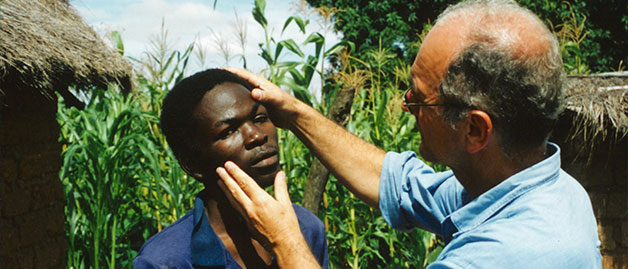
River blindness is one of the leading causes of preventable blindness worldwide. Transmitted through the bite of black flies — which live and breed near fast-flowing streams and rivers — and can cause intense itching, permanent skin and eye lesions and, over time, blindness. It has historically been prevalent in remote rural areas of 36 countries (in Africa, Latin America, and in Yemen.)

Also known as elephantiasis, LF results in disfiguring swelling in the limbs and genitals. Parasitic infection spread by mosquitoes and damages the human lymphatic system. More than 1.3 billion people are at risk, and 30 percent of those infected live in Africa.
35 years later, results of this program speak for themselves
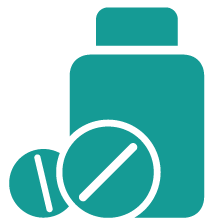
More than 4.4 billion cumulative treatments
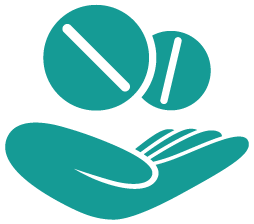
Donations to 49 countries
Through the efforts of a variety of partners, more than 4.4 billion treatments have been donated to 49 countries in Africa, Latin America, Eastern Mediterranean, Asia, and South Pacific. River blindness transmission has been interrupted – meaning no new cases have been identified – in four of the six affected countries in Latin America and regions in five African countries. The program reaches more than 300 million people annually.
Today, the MDP is the longest-running, disease-specific drug donation program of its kind.
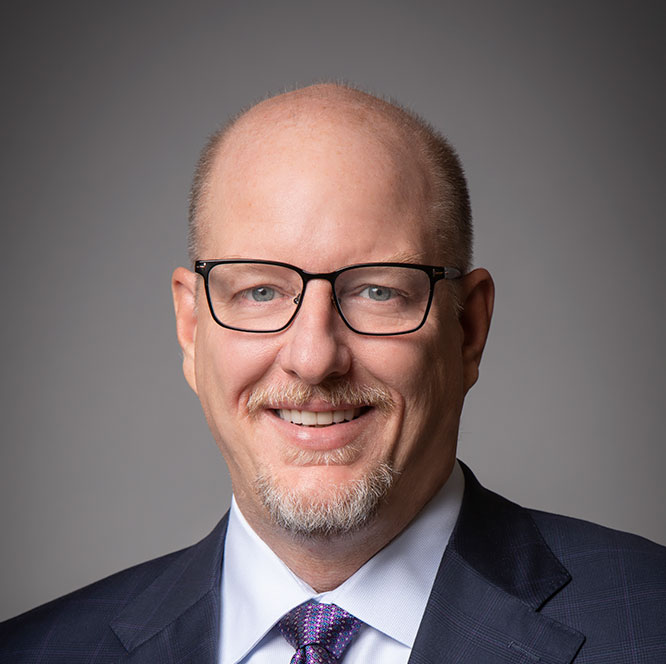
“We are proud of the positive difference that the Mectizan Donation Program has made in the lives of so many people, their families and communities, and health care systems over the years. Together, with our alliance of partners, we will continue to support endemic countries in their commitment to eliminate these devastating diseases.”
Rob Davis, CEO and President, MSDExplore our history of helping bring treatment to those afflicted by river blindness and elephantiasis
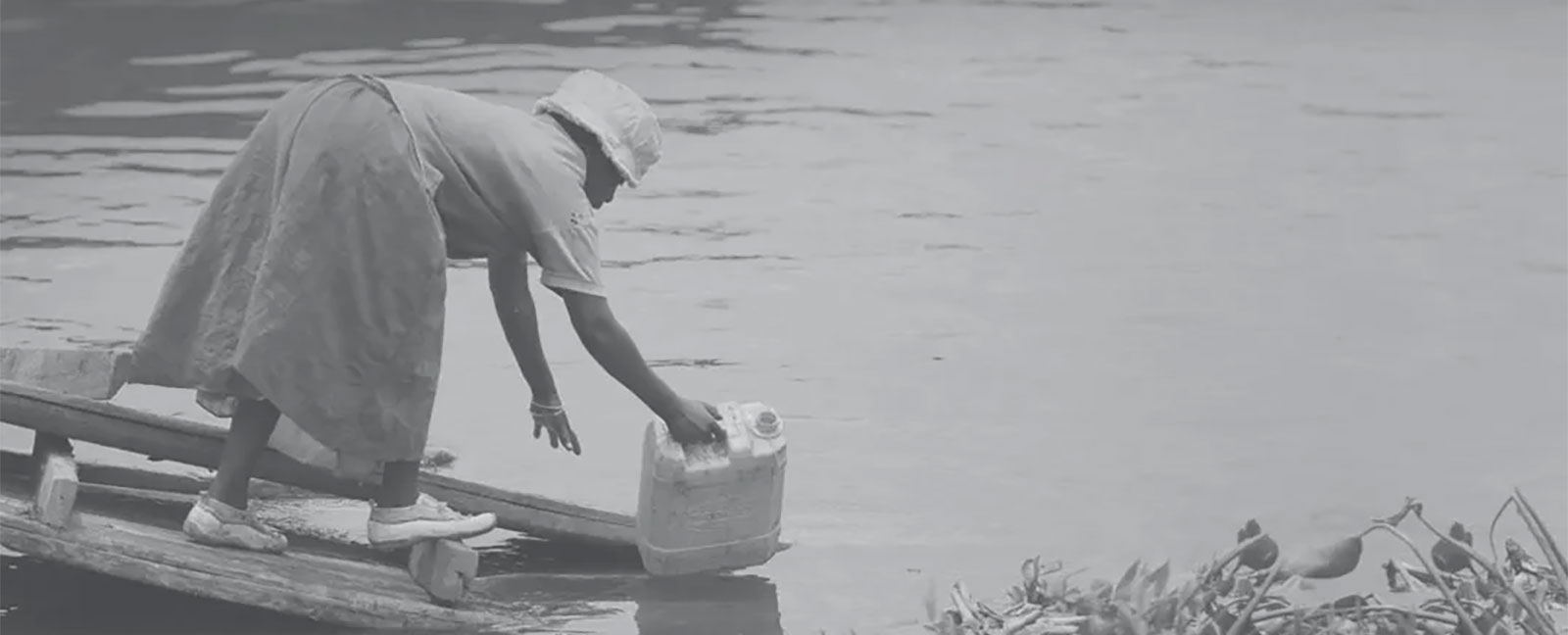
1978
Dr. William Campbell of MSD Research Laboratories suggests the use of Mectizan (ivermectin) against onchocerciasis (river blindness) in humans.
1981
The first human clinical trials begin in Dakar with the first patient receiving a single dose.
1987
MSD CEO Dr. Roy Vagelos announces the company’s commitment to donate Mectizan to treat river blindness — as much as needed, for as long as needed — the MDP is formed.
1988
The Mectizan Expert Committee meets for the first time to establish the strategy for distribution and the donation review process. Mectizan has been produced at the MSD plant in Haarlem, the Netherlands, since the beginning of the program.
1991
MSD, the MDP Secretariat and WHO establish the Non-Governmental Development Organization (NGDO) Coordination Group for Onchocerciasis Control. NGDOs play a critical role in Mectizan distribution through their work with ministries of health and local communities, expertise in program management, and financial support.
1993
The Onchocerciasis Elimination Program for the Americas (OEPA), formed by the River Blindness Foundation and currently sponsored by The Carter Center, brings together the ministries of health of six countries in Latin America affected by onchocerciasis.
1995
WHO, the World Bank, international NGOs, and 19 African countries partner to create the African Program for Onchocerciasis Control (APOC), providing a structure for financial support and coordination of river blindness control efforts.
1998
MSD begins a partnership with GSK to expand the MDP to include the elimination of LF, commonly referred to as elephantiasis, in African countries and in Yemen.
MSD and the MDP celebrate the 100 millionth treatment in Uganda.
1999
The iconic river blindness statue, “Sightless Among Miracles” by sculptor R. T. Wallen, is dedicated at WHO headquarters in Switzerland. Identical statues are also found at The Carter Center (Georgia, USA), the World Bank (Washington, D.C., USA), the Royal Tropical Institute (Amsterdam, the Netherlands), MSD (New Jersey, USA) and Lions Club International Foundation (Illinois, USA).
2002
In Tanzania, MSD CEO Raymond
Gilmartin celebrates the 250 millionth
treatment distributed.
2008
The Pan American Health Organization passes a resolution calling for the interruption of transmission of river blindness in the Americas by the year 2012.
WHO confirms the potential for elimination of river blindness in some parts of Africa through current treatment strategies.
2010
MSD reaffirms its commitment to the MDP. MSD “will continue to [donate Mectizan] until river blindness becomes a disease of the past,” said MSD CEO Richard T. Clark.
2011
Colombia becomes the first country to apply for WHO certification for the elimination of onchocerciasis transmission after suspending treatment with Mectizan in 2007.
2012
MSD CEO Kenneth C. Frazier commemorates the 25th anniversary of the MDP at a celebratory event in London.
2013
WHO verifies that Colombia has eliminated onchocerciasis, thus becoming the first country in the world to achieve this goal.
2014
WHO verifies the elimination of onchocerciasis in Ecuador. Ecuador worked in partnership with the MDP and a number of other organizations and now becomes the second country in the world to be free of this disease.
2015
WHO verifies the elimination of onchocerciasis in Mexico, the third country in the world to be free of river blindness.
Dr. William C. Campbell, Ph.D., is jointly awarded the Nobel Prize in Physiology or Medicine for the discovery of avermectin, which led to a treatment for river blindness. Dr. Campbell performed his Nobel Prize-winning work at MSD Research Laboratories in Rahway, N.J., where he worked from 1957 until his retirement in 1990.
2016
WHO verifies the elimination of onchocerciasis in Guatemala thanks to a partnership with the MDP and a number of other organizations. With this milestone, four of the six countries in the Americas historically at-risk for river blindness now have verified elimination of the disease.
2017
Togo becomes the first country in Africa recognized by WHO to have eliminated LF as a public health problem.
MSD announces an expansion of the MDP to reach up to an additional 100 million people per year through 2025 as part of the global effort to eliminate LF.
2019
WHO verifies the elimination of LF as a public health problem in Yemen. The Mectizan Expert Committee meets in Togo and presents the Ministry of Health with the Lymphatic Filariasis Elimination Award.
2020
WHO verifies the elimination of LF as a public health problem in Malawi.
2021
MDP and MSD announce a $500,000 donation to strengthen laboratory capacity to support onchocerciasis elimination in Africa in partnership with WHO’s Collaborating Centre for Onchocerciasis Diagnostics at the College of Public Health, University of South Florida.
2022
MSD and MDP mark the 35th anniversary of the program.


